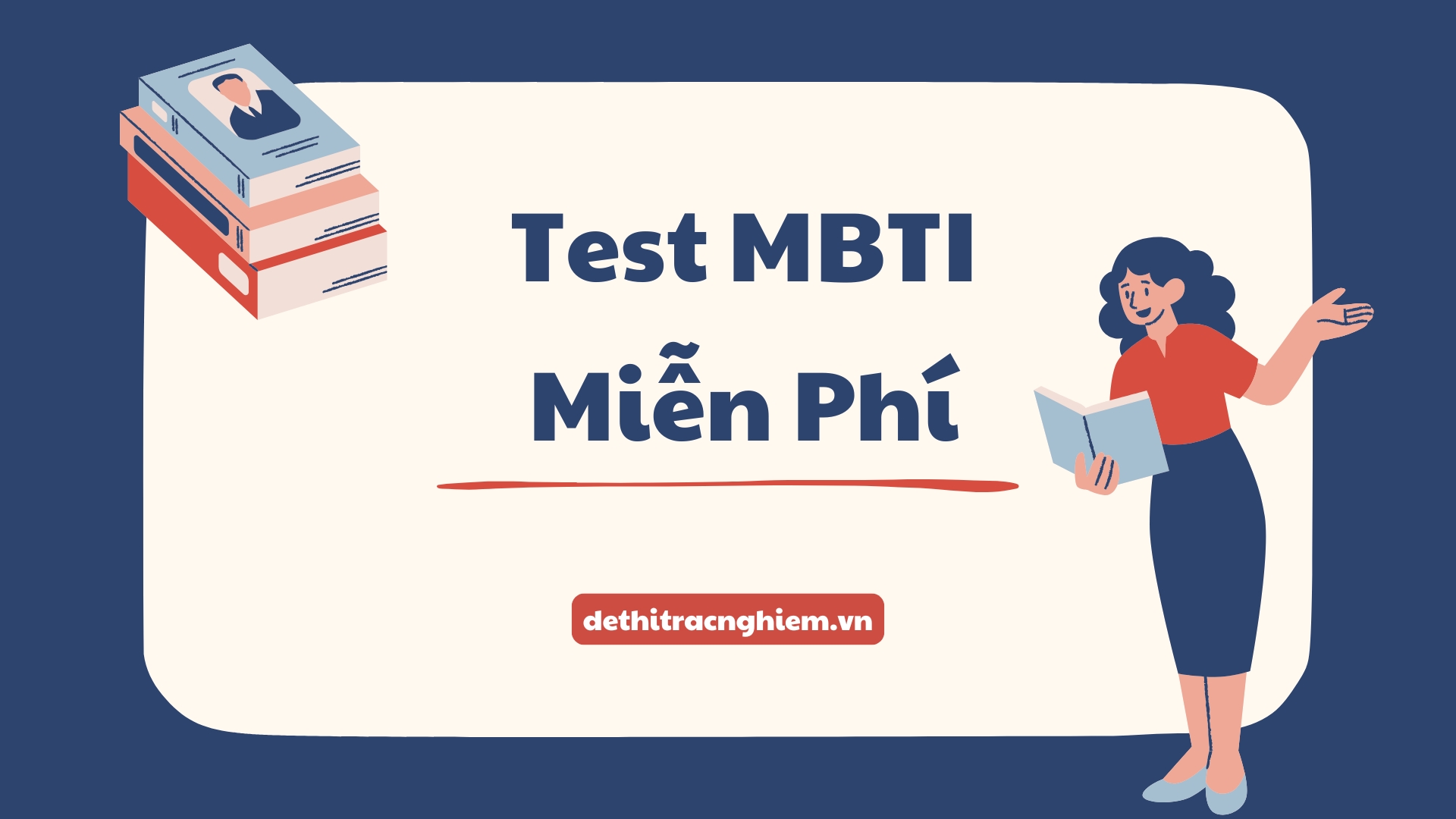Trắc Nghiệm Thị Trường Tài Chính Tiếng Anh là đề ôn tập đại học thuộc học phần Financial Markets, được giảng dạy bằng tiếng Anh trong chương trình đào tạo các ngành Tài chính – Ngân hàng, Kinh tế Quốc tế và Quản trị Tài chính tại nhiều trường đại học như Trường Đại học Ngoại thương (FTU), Đại học Kinh tế TP.HCM (UEH), và Đại học RMIT Việt Nam. Bộ đề do ThS. Nguyễn Hoàng Minh, giảng viên chương trình chất lượng cao – FTU biên soạn, nhằm giúp sinh viên tiếp cận hệ thống tài chính toàn cầu qua các khái niệm như money market, capital market, financial instruments, stock exchange, và regulatory bodies. Câu hỏi được thiết kế hoàn toàn bằng tiếng Anh theo dạng trắc nghiệm khách quan, giúp sinh viên vừa luyện kỹ năng chuyên môn vừa nâng cao năng lực ngôn ngữ học thuật.
Trắc nghiệm Thị trường tài chính trên nền tảng tài liệu đại học của dethitracnghiem.vn là công cụ học tập lý tưởng cho sinh viên theo học chương trình quốc tế hoặc song ngữ. Website hỗ trợ làm bài trắc nghiệm bằng tiếng Anh không giới hạn, cung cấp đáp án cùng giải thích chi tiết giúp người học kiểm tra khả năng ghi nhớ thuật ngữ chuyên ngành, nắm rõ cơ chế vận hành thị trường tài chính, và chuẩn bị tốt cho các kỳ thi đánh giá học phần. Đây là nguồn tài liệu hữu ích để sinh viên củng cố kiến thức chuyên môn trong môi trường học tập toàn cầu.
Hãy cùng dethitracnghiem.vn khám phá bộ đề này và kiểm tra ngay kiến thức của bạn!
Trắc Nghiệm Thị Trường Tài Chính Tiếng Anh
A bondholder can achieve a profit by selling the bond in the market if its current price:
A. exceeds its collateral value.
B. exceeds its mortgage value.
C. exceeds its market value at the time of purchase.
D. exceeds its non-convertible value.
In comparison to U.S. Treasury bonds, the secondary market trading activity for municipal bonds is generally considered:
A. more active.
B. more indexed to inflation.
C. less active.
D. less indexed to inflation.
Regarding the marketability feature, bonds that include stock warrants are designed to have:
A. a decreased level of flotation.
B. an increased level of marketability.
C. a decreased level of marketability.
D. an increased level of flotation.
To calculate the total return on a callable bond, the value of the issuer’s call option is added to the:
A. return on the company’s total assets.
B. return on the company’s equity.
C. rate of return on a comparable non-callable bond.
D. return on a non-callable bond.
If a revenue bond issue enters default, the primary obligation to the bondholders is that they must:
A. not be paid.
B. be paid from the specific revenue stream.
C. be sold to other investors.
D. not be sold to other investors.
The specific rules and regulations that govern the relationship between bondholders and bond issuers are detailed in the:
A. bond covenants.
B. private covenants.
C. federal covenants.
D. expansion covenants.
U.S. Treasury bills are typically issued and traded on a:
A. treasury basis.
B. corporate basis.
C. premium basis.
D. discount basis.
A long-term debt instrument issued by both government entities and corporations is broadly classified as a:
A. Contraction debt.
B. Expansion debt.
C. Dollar debt.
D. Bond.
When compared to general obligation bonds, revenue bonds are often considered to be:
A. more inflated.
B. less inflated.
C. less risky.
D. more risky.
Default risk is often assessed by large traders and institutional investors with the assistance of:
A. sinking analysis techniques.
B. financial ratio analysis.
C. portfolio scenario valuation.
D. automated machine analysis.
A situation where different credit rating agencies assign conflicting ratings to the same bond issue is known as a:
A. Split rating.
B. Sinking rating.
C. Automated rating.
D. Floating rating.
The specific names used to denote foreign bonds, such as “Yankee bonds” or “Samurai bonds,” are based on the:
A. country of premium.
B. country of origin.
C. country of selling.
D. country of discount.
A type of bond where coupon payments are sent to the registered owner, whose details are recorded by the issuing company, is classified as a:
A. Unregistered bond.
B. Indenture bond.
C. Trustee bond.
D. Registered bond.
If the maturity date of a bond is nearer, the premium of that bond will likely be:
A. relatively lower.
B. relatively higher.
C. quantifiable.
D. not quantifiable.
Which of the following factors are considered by rating agencies when assessing and issuing a rating for a new bond?
A. The company’s position within its industry.
B. The company’s overall financial strength.
C. The issuer’s profitability and liquidity.
D. All of the above.
Which group of institutions represents the major suppliers of funds in the financial markets?
A. Households and businesses.
B. Major institutional investors.
C. Major portfolio holders.
D. Major rates deciders.
Foreign bonds, sovereign bonds, and Eurobonds are all traded in the:
A. local market.
B. state market.
C. international market.
D. national market.
If a convertible bond’s conversion value is $9500 and its conversion ratio is 460 shares, what is the current market price of the underlying stock?
A. $12.65
B. $15.65
C. $17.65
D. $20.65
A bond has a face value of $550 and a call price of $475. The value of the call premium is:
A. 1.16
B. 1.25
C. -75
D. 0.0116
To ensure a taxable security provides a return equivalent to a tax-exempt municipal bond, one must calculate the:
A. tax-equivalent rate of return.
B. local rate of return.
C. withholding tax rate.
D. general sales tax rate.
Bonds that are not secured by any specific revenue stream or physical assets are known as:
A. General obligation bonds.
B. General obligation notes.
C. General obligation tax.
D. General obligation savings.
Who are the primary issuers of securities in the capital market?
A. Federal government and corporations.
B. Federal corporations.
C. Government debt.
D. Stock calculators.
The sum of the purchase price and the accrued interest on treasury bonds and notes is referred to as the:
A. Dirty price.
B. Clean price.
C. Paid price.
D. Unpaid price.
A requirement for a certain amount of an issued bond to be retired each year is known as a:
A. Sinking fund premium.
B. Sinking fund provision.
C. Sinking fund discount.
D. Floating fund provision.
The historical accumulated record of federal government expenditure that is financed by borrowing is classified as:
A. Contraction debt.
B. International debt.
C. Global debt.
D. National debt.
In the financial market, STIPS (Separate Trading of Registered Interest and Principal of Securities) are also classified as:
A. Treasury KIBOR notes.
B. Treasury KIBOR bonds.
C. Treasury zero-coupon bonds.
D. Treasury LIBOR bonds.
When considering their respective characteristics, corporate bonds and treasury bonds have many:
A. similar characteristics.
B. different characteristics.
C. nearer characteristics.
D. bearer characteristics.
The value of the conversion option to a bondholder is $220. The rate of return on a comparable non-convertible bond is 350. What is the expected rate of return on the convertible bond?
A. 570
B. 130
C. 670
D. 1.59
If a company’s earnings are highly unpredictable, it might issue bonds with several different maturity dates. This earnings pattern is classified as:
A. Parallel term income.
B. Pledged.
C. Volatile.
D. Non-volatile.
The initial public offering of municipal bonds is most often facilitated through a:
A. Insurance company.
B. Index banking firm.
C. Commercial banking firm.
D. Stock exchange.




